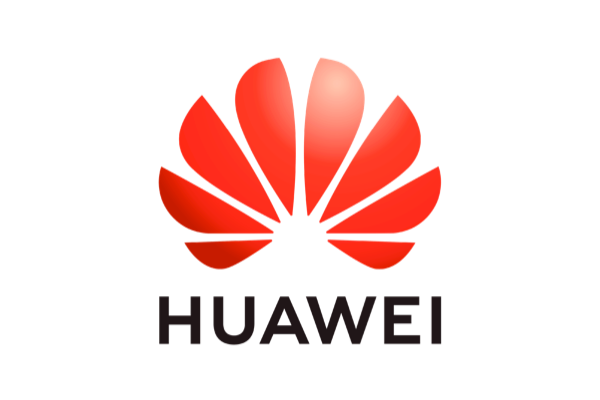Is low latency the holy grail to fantastic user experience?


Experts agree that latency optimization is essential to improve today’s end-user experience. For a long time there wasn’t much emphasis on this aspect as latency was either not important for the application (e.g. downloading movies from the internet) or remedied through additional bandwidth. However, let’s be honest: we’ve all done a speed test at some point that gave an acceptable result only to conclude that the application you really wanted to use (Teams call, Netflix stream, …) doesn’t work after all.
Importance of latency
Let’s explain by using an analogy. A plane moves faster than a boat. In network terms, the latency of a plane is lower. On the other hand, a cargo vessel can typically carry a higher payload than a plane. In network terms, its bandwidth is higher .
Some centuries ago, when you wanted to travel transatlantic, you took the boat; when travelling became popular and more people wanted to travel, the bandwidth needed to increase and bigger and more boats were produced – very similar to the evolution we have seen in the telecom world.
But new technologies, like aviation, have also opened the door to new business opportunities: back in the 19th century, people from other parts of the world couldn’t have imagined going to visit NY for the weekend. Very similar, low latency networks open up opportunities for new applications.
Latency has an enormous impact on end-user experience, because this is the time that a packet needs to travel from sender to receiver. The lower the latency, the faster the data are received. As a result, for most of today’s and tomorrow’s internet applications the following basic premise applies: the faster the data are received, the happier the end user.
We are hugely dependent on the speed of our internet connection, especially now that home working has become commonplace. But speed is a combination of bandwidth and latency. For a traditional download, bandwidth is important, but high latency (lag), for example, is an enormous source of frustration for the gaming world and streaming services. Consequently latency has become one of the most critical factors in end-user experience, although bandwidth and packet loss are often the only factors to be measured. Despite this fact and contrary to bandwidth and packet loss, latency to date is still not being consistently used for the purpose of network evaluation. Nevertheless, latency has a tremendous impact, for starters on the simple act of loading a web page. For instance, the difference in loading time between a network with a latency <1ms and one with a latency of 500ms is more than 15 seconds.
Determining latency and creating actionable insights
Experts in network technology Excentis conduct ongoing research into the key metrics of latency. They put their weight behind the search for a global and sector-wide consensus in which the latest trends such as the ‘Quality of Experience Delivered’ (QED) approach and Quantitative Timeliness Agreements (QTAs) are currently under evaluation.
Excentis COO Dries Decock explains: “Our objective is to measure user experience in a consistent manner, both in the field and in the lab. We have been able to perform accurate tests in the lab and now we are looking for ways of correlating them with accurate measurements proactively in the field as well, without having to wait for a customer complaint.”
Thanks to the use of KPIs based largely on latency, providers are or will be able to show how well their offering performs in concrete applications. For instance, end users can see at a glance which provider, technology or device offers the best user experience for the applications they need (Teams, gaming, Netflix, …).
Solutions in the event of slow network traffic
Is high latency caused by a component of the network, the modem/router of the end user or rather that of an external party? IP-based measuring technology quickly identifies the bottleneck, making it possible to offer the right solution for improved user experience.
Curious to find out which KPIs Excentis singles out as the go-to metrics for user experience? Download the Excentis report ‘How to measure latency: 4 crucial KPIs’.
























